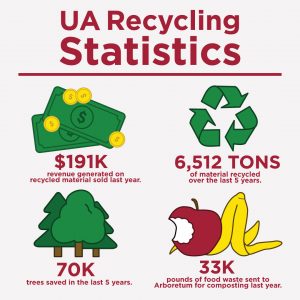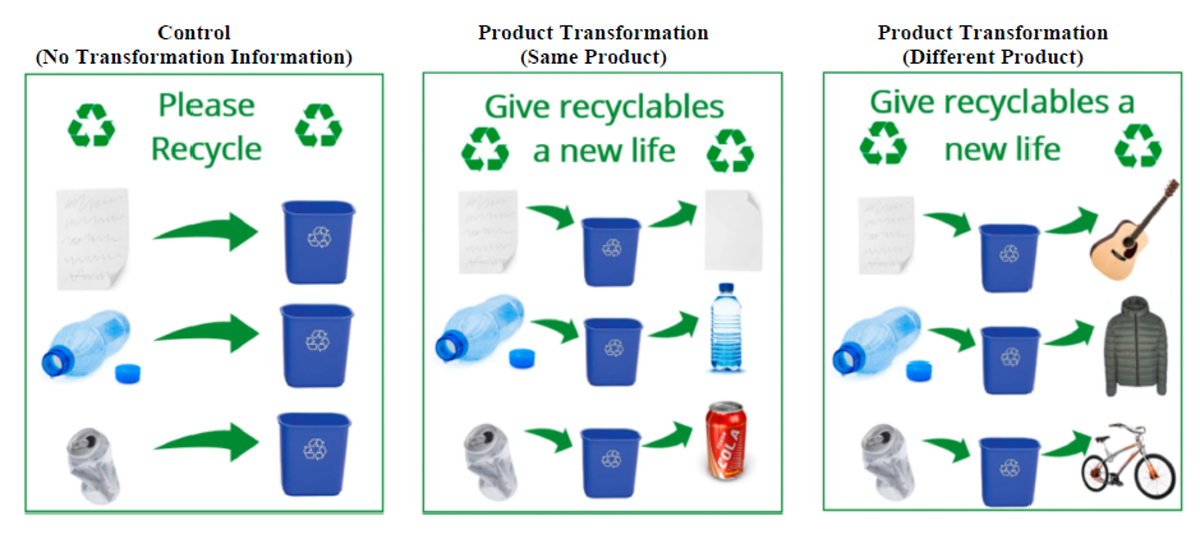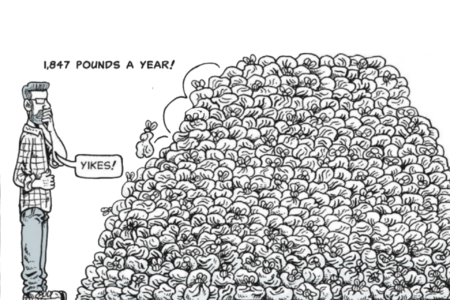
Impact of Consumer Education Campaigns on Recycling Rates
Introduction
The impact of consumer education campaigns on recycling rates is a topic of great relevance and importance in promoting sustainable waste management practices. These campaigns play a crucial role in raising awareness and encouraging individuals to adopt recycling behaviors, ultimately contributing to the reduction of waste and environmental preservation.
Historical Background
Recycling and consumer education campaigns have evolved over time, driven by the growing recognition of the importance of sustainable waste management. Significant milestones and events have shaped the understanding and implementation of these campaigns, such as the establishment of the first recycling programs in the 1970s and the subsequent development of educational initiatives to support them.
Key Concepts and Definitions
To better understand the impact of consumer education campaigns on recycling rates, it is essential to define key terms. Recycling refers to the process of converting waste materials into reusable resources. Consumer education campaigns encompass targeted efforts to inform and educate individuals about the benefits and methods of recycling. Recycling rates, on the other hand, measure the proportion of waste that is diverted from landfills through recycling.
Consumer Behavior and Recycling Rates
Consumer behavior plays a significant role in determining recycling rates. The choices and actions of individuals are crucial in determining whether waste materials are disposed of or recycled. Understanding the relationship between consumer behavior and recycling rates is essential for designing effective education campaigns that can positively influence recycling behaviors.

Main Discussion Points
Effectiveness of Consumer Education Campaigns
Numerous studies and research findings demonstrate the positive impact of education campaigns on recycling rates. These campaigns employ various strategies, such as the distribution of informational materials, incentives, and community engagement, to drive behavior change. Communication channels, including social media, have also proven to be effective in promoting recycling behaviors, reaching wider audiences, and engaging individuals in recycling initiatives.
Factors Influencing Recycling Rates
Several factors influence consumer recycling behavior, including social, economic, and psychological factors. Demographic variables, such as age, education level, and socioeconomic status, also impact recycling rates. Additionally, the availability of infrastructure and accessibility to recycling facilities play a crucial role in facilitating recycling practices.
Policy and Legislative Measures
Government policies and regulations have a significant impact on recycling rates. Extended producer responsibility and product labeling are important mechanisms that promote recycling by holding producers accountable for their products’ end-of-life disposal. Implementing deposit-refund systems can also provide incentives for consumers to recycle.

Case Studies or Examples
Real-world examples of successful consumer education campaigns highlight their positive impact on recycling rates. Local communities, organizations, and governments have undertaken notable initiatives to improve recycling behaviors. These initiatives serve as models for designing effective education campaigns and demonstrate the potential for widespread behavioral change.
Current Trends or Developments
Recent research findings and innovations have contributed to the advancement of consumer education campaigns and their impact on recycling rates. The emergence of technology and digital platforms provides new opportunities for reaching and engaging individuals in recycling behaviors. Mobile applications, online platforms, and interactive educational materials are being increasingly leveraged to promote recycling practices.
Challenges or Controversies
Implementing effective consumer education campaigns faces common challenges, such as limited resources, resistance to change, and overcoming apathy towards recycling. There are differing viewpoints on the effectiveness of education campaigns versus other approaches to waste management, such as infrastructure improvements or waste reduction strategies. Controversies also exist surrounding the balance between individual responsibility and systemic changes in improving recycling rates.

Future Outlook
Looking ahead, consumer education campaigns and recycling rates are expected to continue evolving. Advancements in technology and communication strategies hold great potential for enhancing recycling behaviors. Continued research and innovation in this field can lead to more effective education campaigns and further improvements in sustainable waste management practices.
Conclusion
In conclusion, consumer education campaigns have proven to be effective in increasing recycling rates and promoting sustainable waste management practices. By raising awareness, providing information, and engaging individuals, these campaigns contribute to reducing waste and preserving the environment. The ongoing advancements in technology and the recognition of the importance of recycling provide a promising future for consumer education campaigns.






